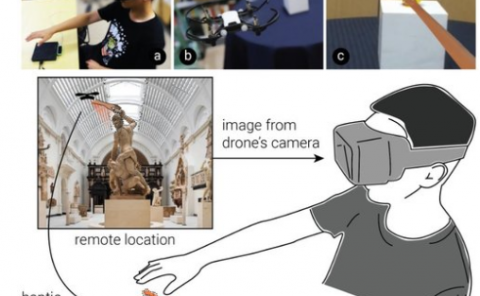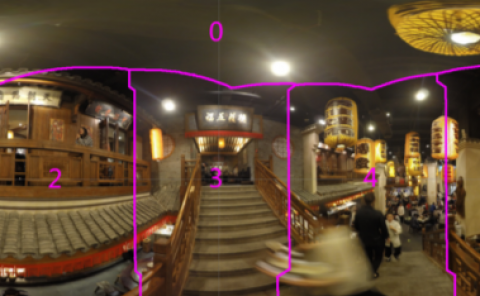MDI: A Multi-channel Dynamic Immersion Headset for Seamless Switching between Virtual and Real World Activities
PubDate: August 2019
Teams: University of Canterbury
Writers: Kien T.P. Tran; Sungchul Jung; Simon Hoermann; Robert W. Lindeman

Abstract
We present a study of the usability and induced workload of a new head-mounted display (HMD) which allows the wearer to more easily switch between tasks in the virtual and real world using multiple optical channels dynamically at the press of a button. Most HMDs provide full immersion by occluding the real world from the view of the user, and replacing it with a computer-generated virtual environment. One trade-off, however, is that such HMDs make it difficult to interact with real-world objects and people, or to react to events while being immersed. Tasks that are simple in the unmediated real world, such as taking a drink or responding to a text, become nearly impossible while wearing an occlusive HMD, and normally require the user to take off the HMD. To address this limitation, we propose an HMD which provides optical channels to view the near-field real world in the periphery of the HMD while still wearing the HMD by pressing a button. We call our approach Multi-channel Dynamic Immersion (MDI). We embedded transparency controllable LCD panels around the periphery of an HMD and installed a fish-eye lens in front of its forward-facing camera. We then compared MDI to three other methods of switching from working in VR to real world activities: (a) a front camera video-see-through method, (b) using dynamic LCDs only, and (c) taking off the HMD. Participants had to interrupt their work in a VR office to carry out typical real world daily activities, such as picking up a mug, responding to a phone call, or replying to a text message. Our results show no significant differences in task execution time between the four conditions. However, we observed a tendency favouring MDI as the easiest to use among the HMDs. In addition, we found a significantly higher rated ease of use for the two HMDs with controllable LCDs compared to the two occlusive HMDs. Our data also underscores that a substantial amount of time is lost when switching between work contexts in occlusive HMDs and the real world.



